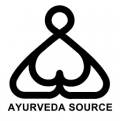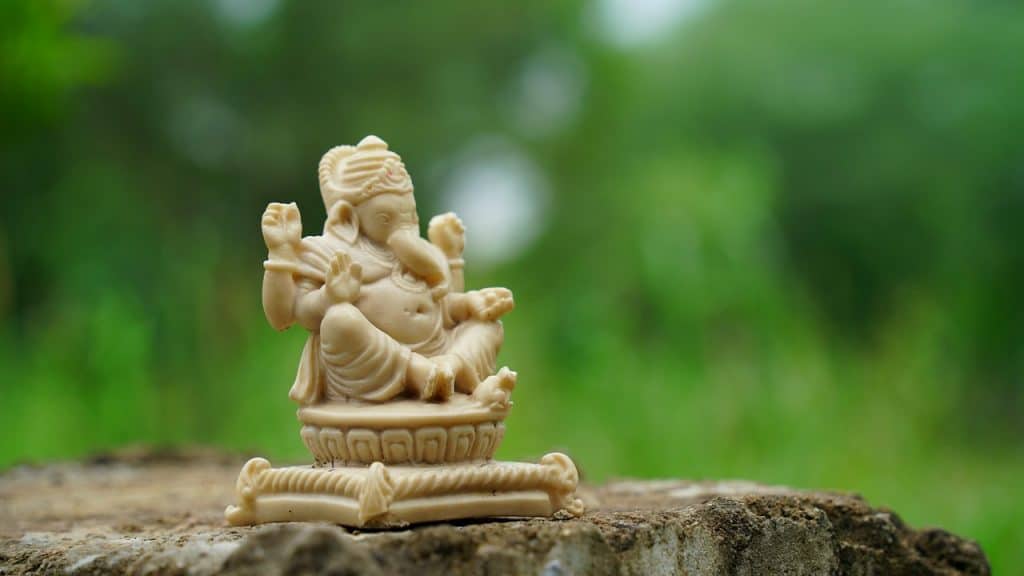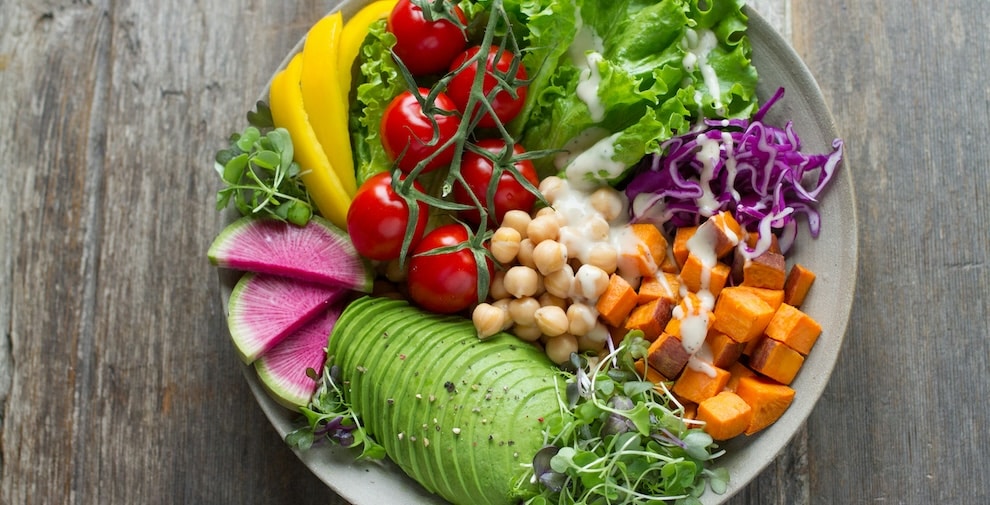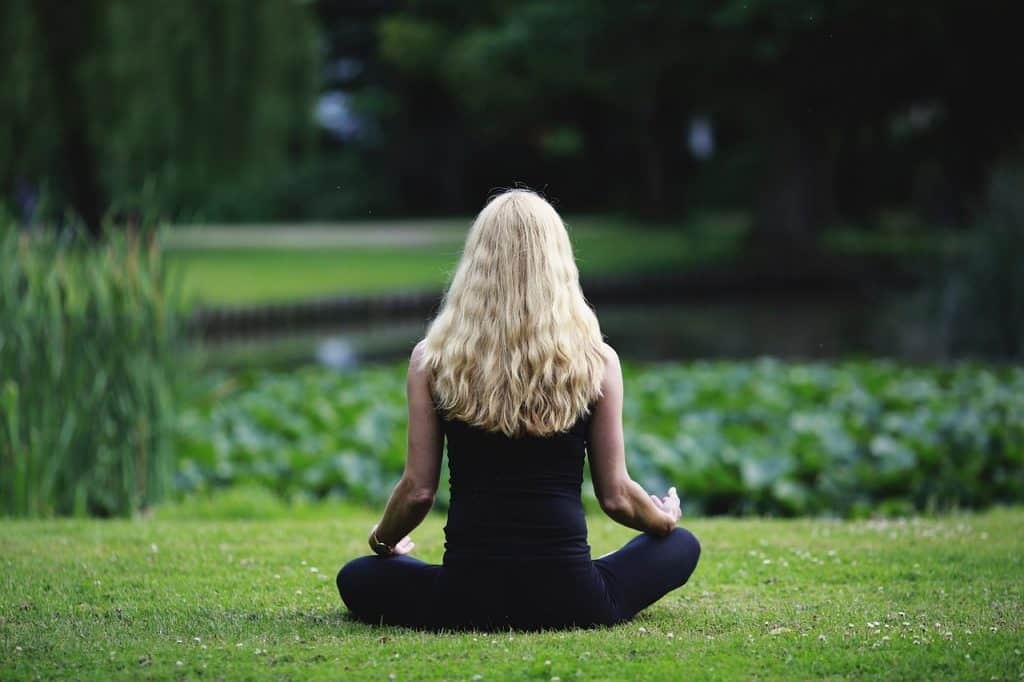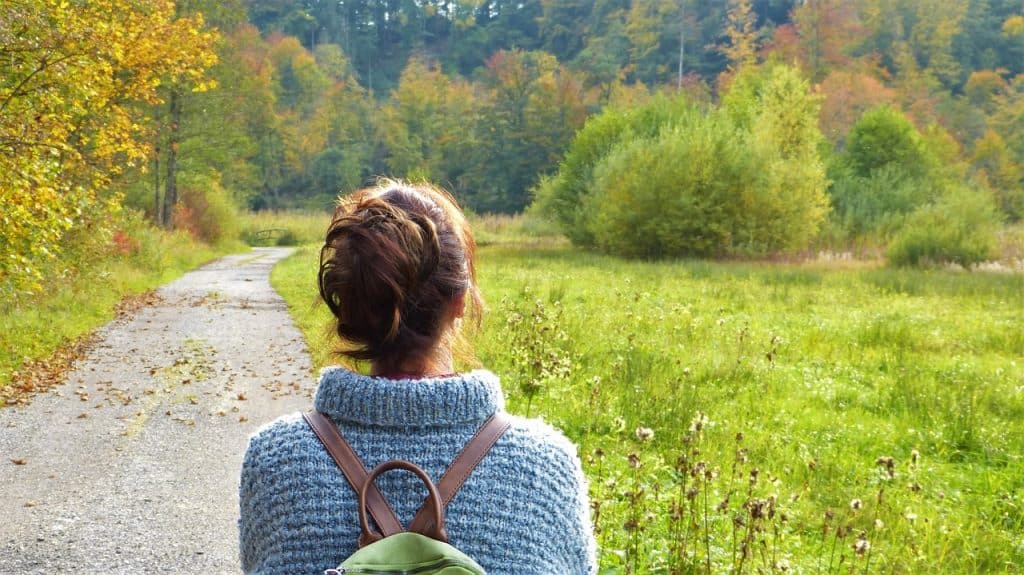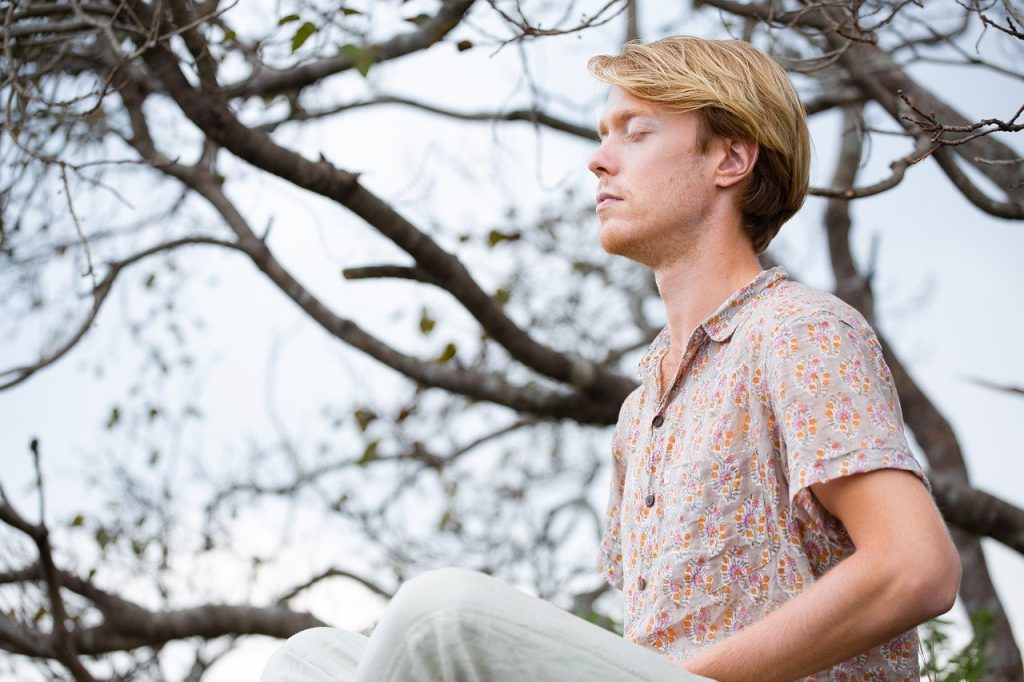NOS ARTICLES SUR L’AYURVEDA
ARTICLES RÉCENTS
Comprendre l’ayurvéda et les trois doshas
L’Ayurveda, une compréhension holistique de la vie et de son équilibre « Ayurveda » signifie « la science…
Les trois piliers de l’alimentation selon l’Ayurveda
Manger ou se nourrir ? L’Ayurvéda est une sagesse ancestrale qui place la nutrition au cœur…
Chouette de Nuit ? Attention au Risque de Dépression
Bien qu’il puisse sembler tentant de veiller tard dans la nuit, la science nous montre…
Équilibre de l’Esprit : L’Influence de la Pensée sur la Santé Selon l’Ayurveda
Avez-vous déjà songé à quel point votre état d’esprit peut avoir un impact sur votre…
Phytothérapie adaptogènes pour le « burnout » (l’épuisement professionnel)
Vous sentez-vous épuisé par votre travail? Le stress lié au travail peut entraîner de la…
La science de la rétention : « Kumbhaka » (L’hypoxie intermittente)
Rétention de la respiration / hypoxie intermittente La rétention de la respiration, appelée kumbhaka dans…
